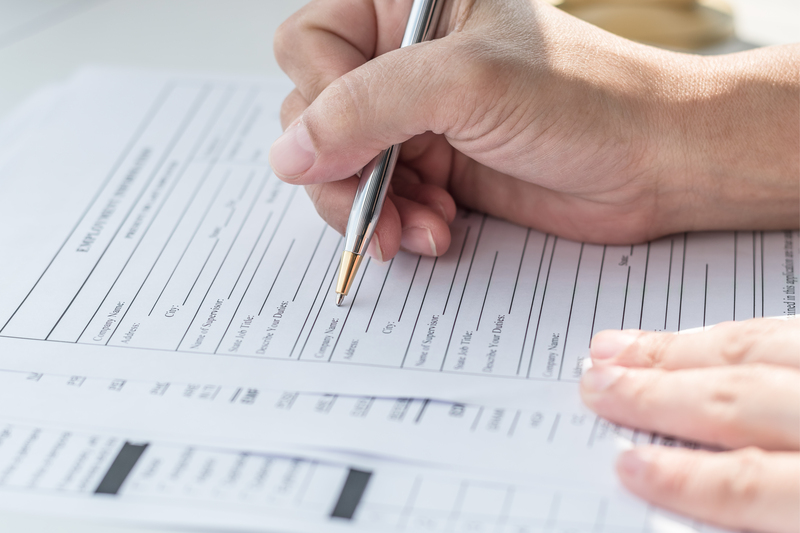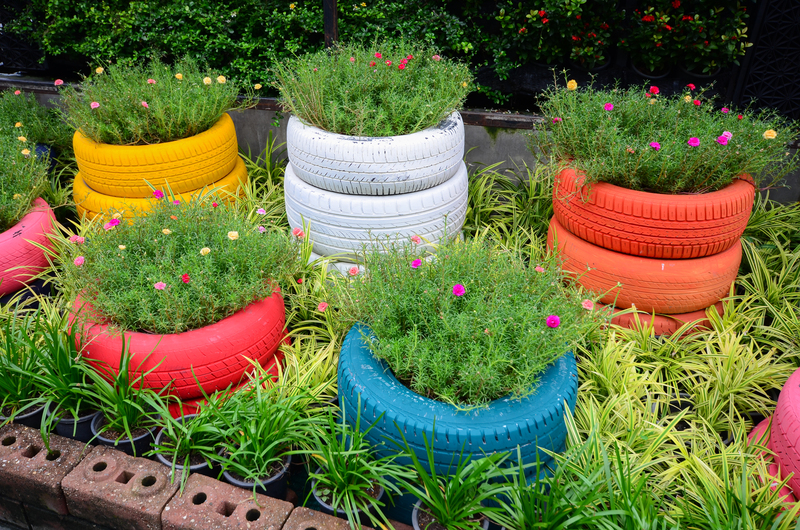How to Cut Down Household Dangerous Waste
Posted on 18/01/2025
Household hazardous waste (HHW) includes items such as batteries, paints, cleaners, pesticides, and electronic devices. These materials can be harmful to your health and the environment if not disposed of correctly. Reducing HHW not only conserves resources but also lessens the risk of environmental contamination. Here, we explore practical steps to cut down household dangerous waste effectively.
Understanding Household Hazardous Waste
Household hazardous waste comprises products with corrosive, toxic, ignitable, or reactive ingredients. Common examples include:
- Aerosol cans
- Paints and solvents
- Cleaning agents
- Pesticides and fertilizers
- Batteries
- Electronics, including smartphones and computers
These items often contain harmful chemicals that can leach into the soil and water, posing risks to human health and wildlife.

Why Reducing HHW is Important
Minimizing HHW has several benefits:
- Environmental Protection: Proper disposal prevents harmful chemicals from entering the ecosystems.
- Health Benefits: Reduces the risk of exposure to toxic substances.
- Cost Savings: Mitigates the financial burden of managing and disposing of HHW.
Identifying Household Hazardous Waste
The first step to reducing HHW is to identify which items in your home fall under this category. Look for labels indicating the need for special disposal, such as:
- Flammable
- Toxic
- Corrosive
- Reactive
These labels signal that the items contain hazardous materials and should be handled with care.
Steps to Reduce Household Hazardous Waste
Here are actionable steps to cut down on household hazardous waste:
1. Buy Only What You Need
Avoid over-purchasing hazardous products. For example, buy smaller quantities of paint, cleaning agents, or pesticides that you can use up quickly. This minimizes the amount of leftover hazardous waste.
2. Opt for Non-Toxic Alternatives
Many non-toxic alternatives can replace hazardous household products. Consider using:
- Natural Cleaners: Vinegar, baking soda, and lemon juice can often substitute for chemical-based cleaners.
- Organic Pesticides: Neem oil and other organic substances can control pests without harmful chemicals.
- Rechargeable Batteries: These can significantly reduce hazardous waste compared to disposable ones.
3. Proper Storage
Store hazardous materials in their original containers with labels intact. Keep them in a secure, cool, and dry place away from children and pets to prevent leaks, spills, or accidents.
4. Use Up Old Products
Ensure that you fully use the products you already have before purchasing new ones. This not only saves money but also reduces waste.
5. Recycle and Dispose Responsibly
Make use of local recycling programs and HHW collection events to dispose of hazardous waste safely. Most communities have designated collection points for items like batteries, electronics, and paint.
6. Educate and Advocate
Aware households are more responsible households. Educate your family about the importance of reducing HHW. Advocate for better recycling and disposal facilities in your community to manage hazardous waste effectively.
Reducing Specific Types of Household Hazardous Waste
Paint and Solvents
Opt for water-based paints whenever possible, as these are less harmful. Store leftover paint properly for future use or donate it to local organizations that might benefit from it.
Batteries
Shift to rechargeable batteries and recycle old batteries correctly. Many stores offer battery recycling programs.
Electronics
Donate functioning electronics or sell them secondhand. Utilize e-waste recycling programs to dispose of broken or obsolete devices.
Understanding Eco-Friendly Labels
Eco-friendly products often come with labels indicating their environmental benefits. Familiarize yourself with what these labels mean to make informed choices:
- Energy Star: Products that save energy.
- Green Seal: Items that meet rigorous environmental standards.
- FSC: Wood products from responsibly managed forests.
Leveraging Community Resources
Take advantage of community programs designed to handle HHW:
- HHW Collection Days: Participate in events organized by local governments where you can drop off hazardous waste for safe disposal.
- Recycling Facilities: Utilize local recycling centers that accept hazardous materials.
- Educational Workshops: Attend workshops or webinars on reducing HHW to stay informed.

Making Sustainable Choices
Incorporate sustainability into your daily life by:
- Choosing products with minimal or eco-friendly packaging.
- Switching to durable goods instead of disposables.
- Supporting brands committed to environmental responsibility.
Conclusion
Cutting down household hazardous waste is a crucial step towards protecting our health and environment. By being mindful of what we buy, how we use and store these products, and by opting for safer alternatives, we can significantly reduce the volume of dangerous waste in our homes. Educate yourself and others, leverage community resources, and make sustainable choices daily. Small, individual actions can collectively lead to a substantial positive impact on our world.


 office@benandjerry.org.uk
office@benandjerry.org.uk https://benandjerry.org.uk/
https://benandjerry.org.uk/

